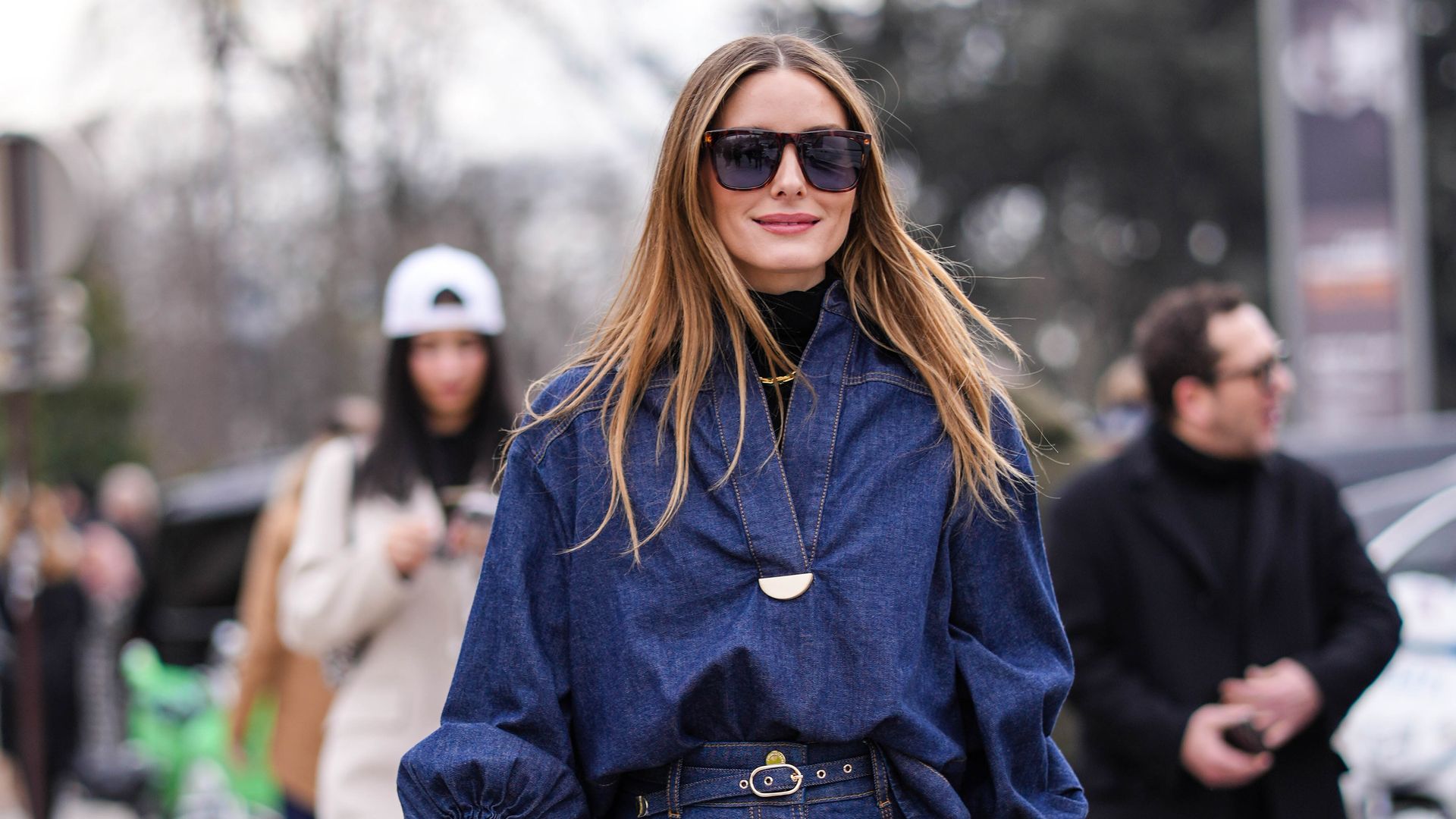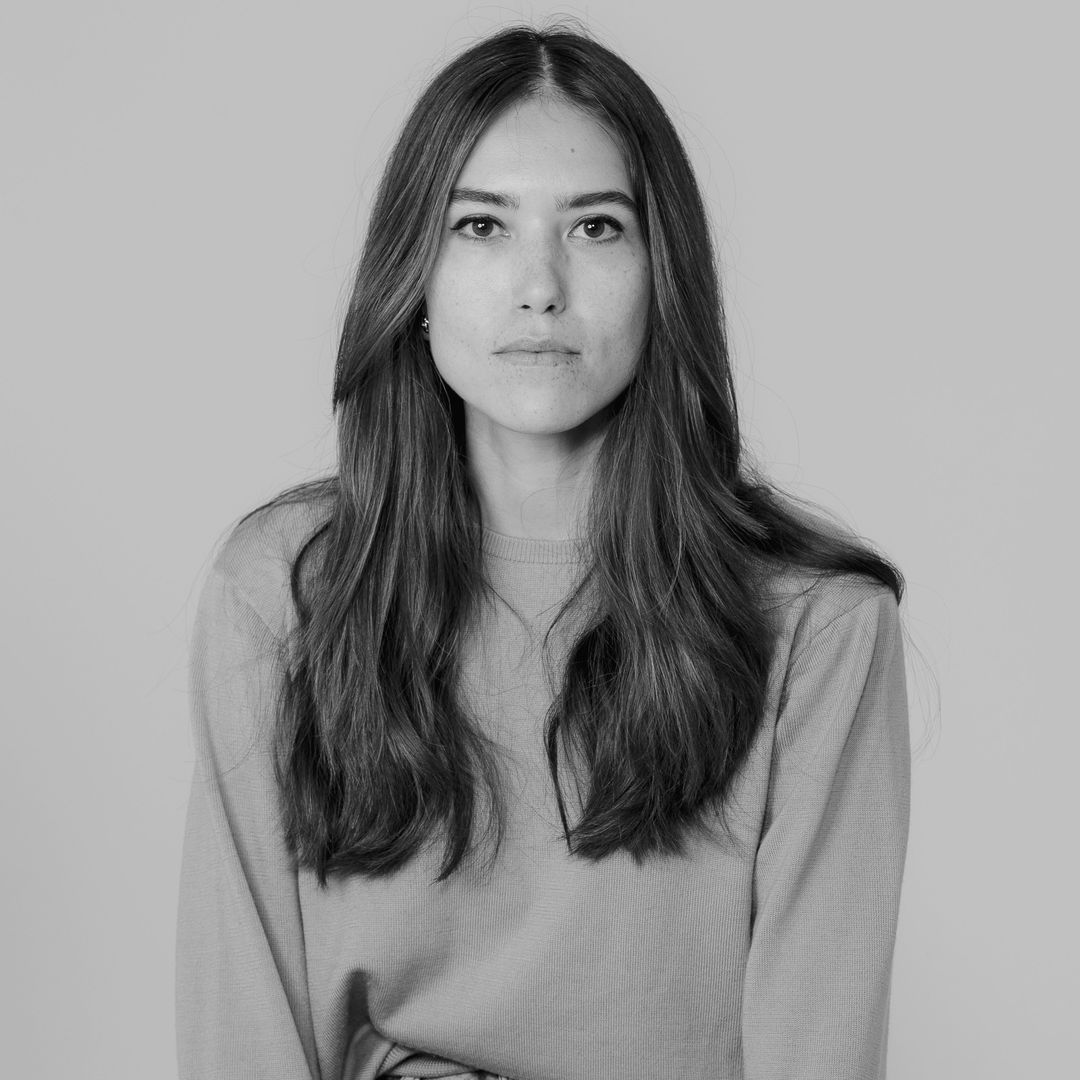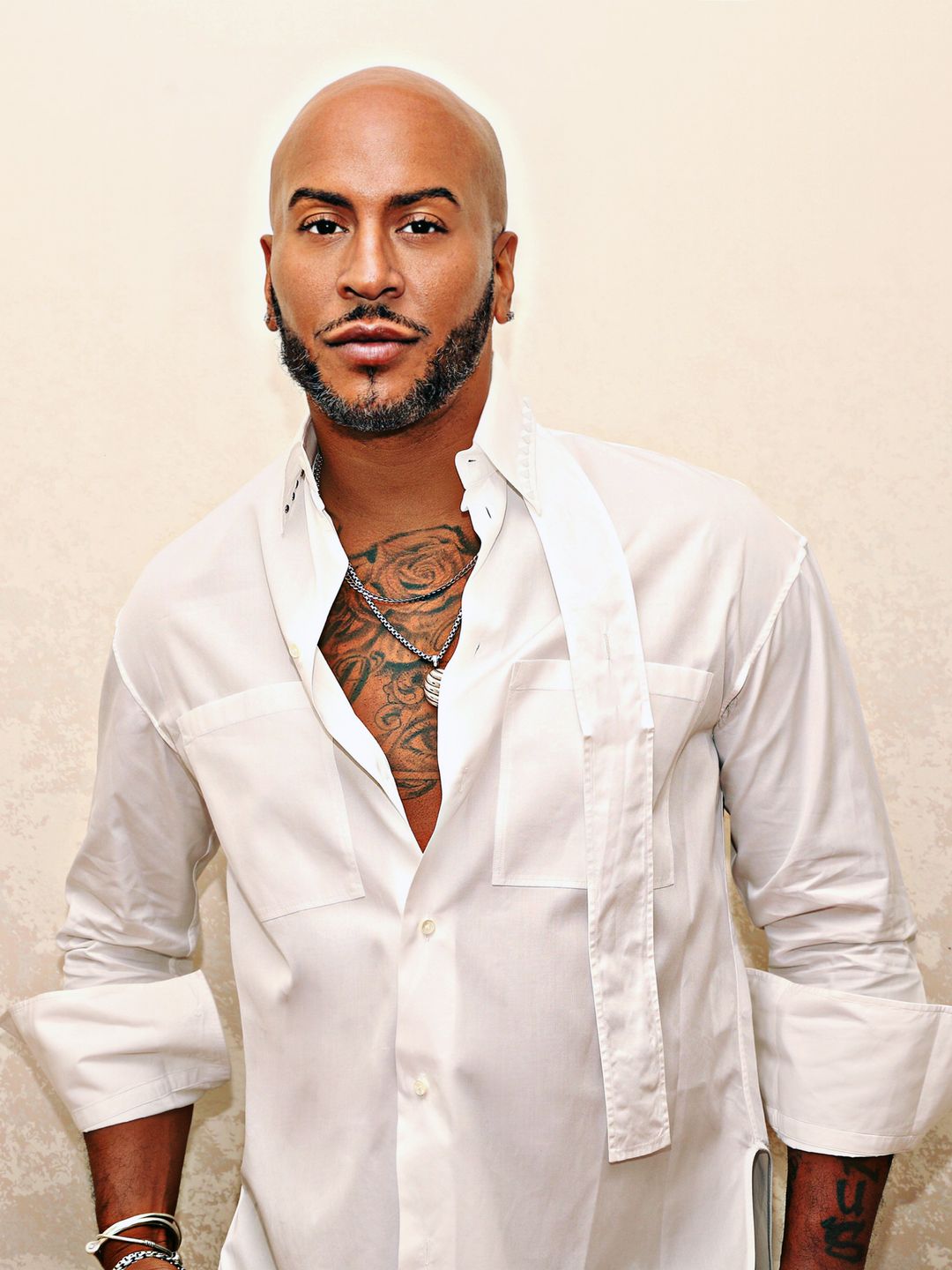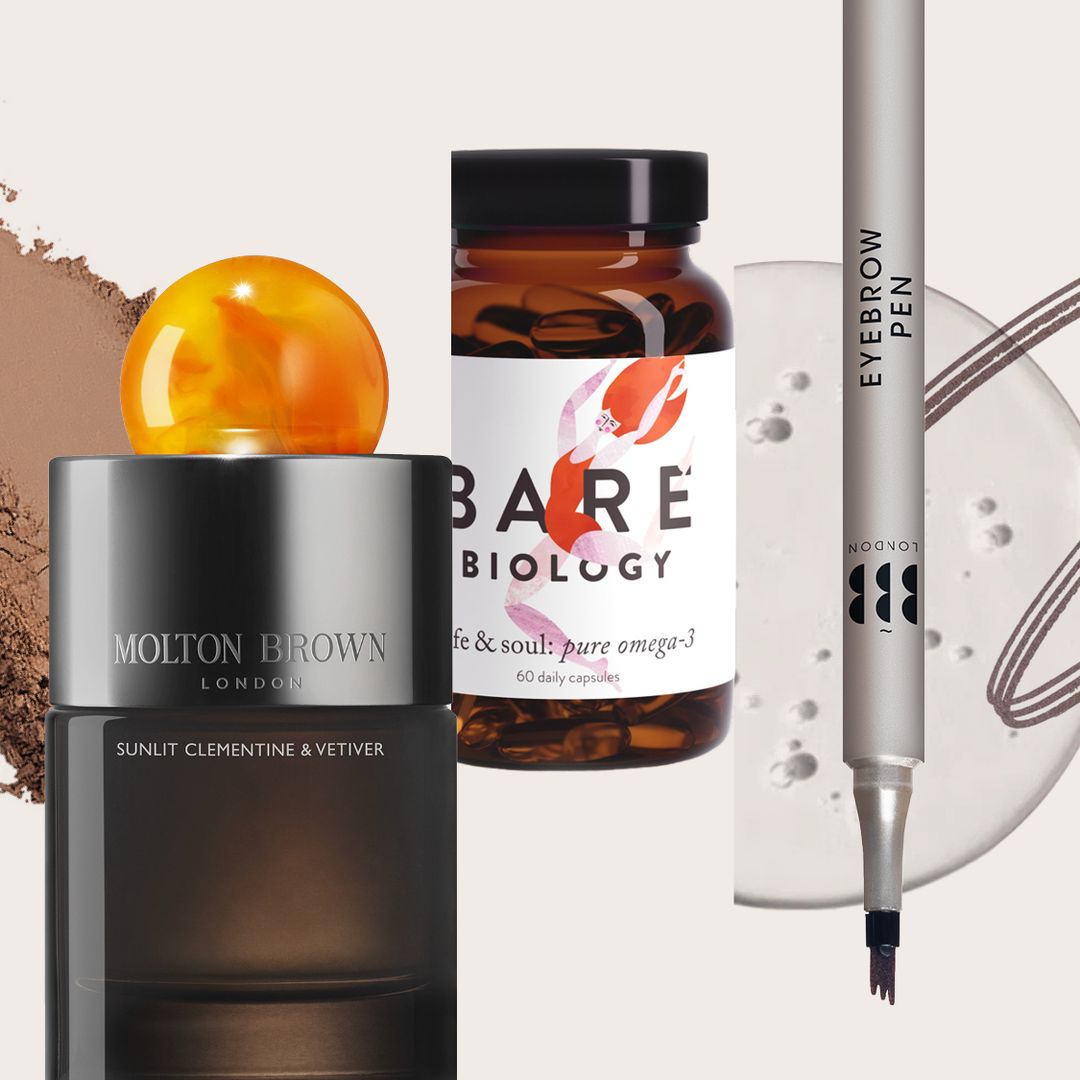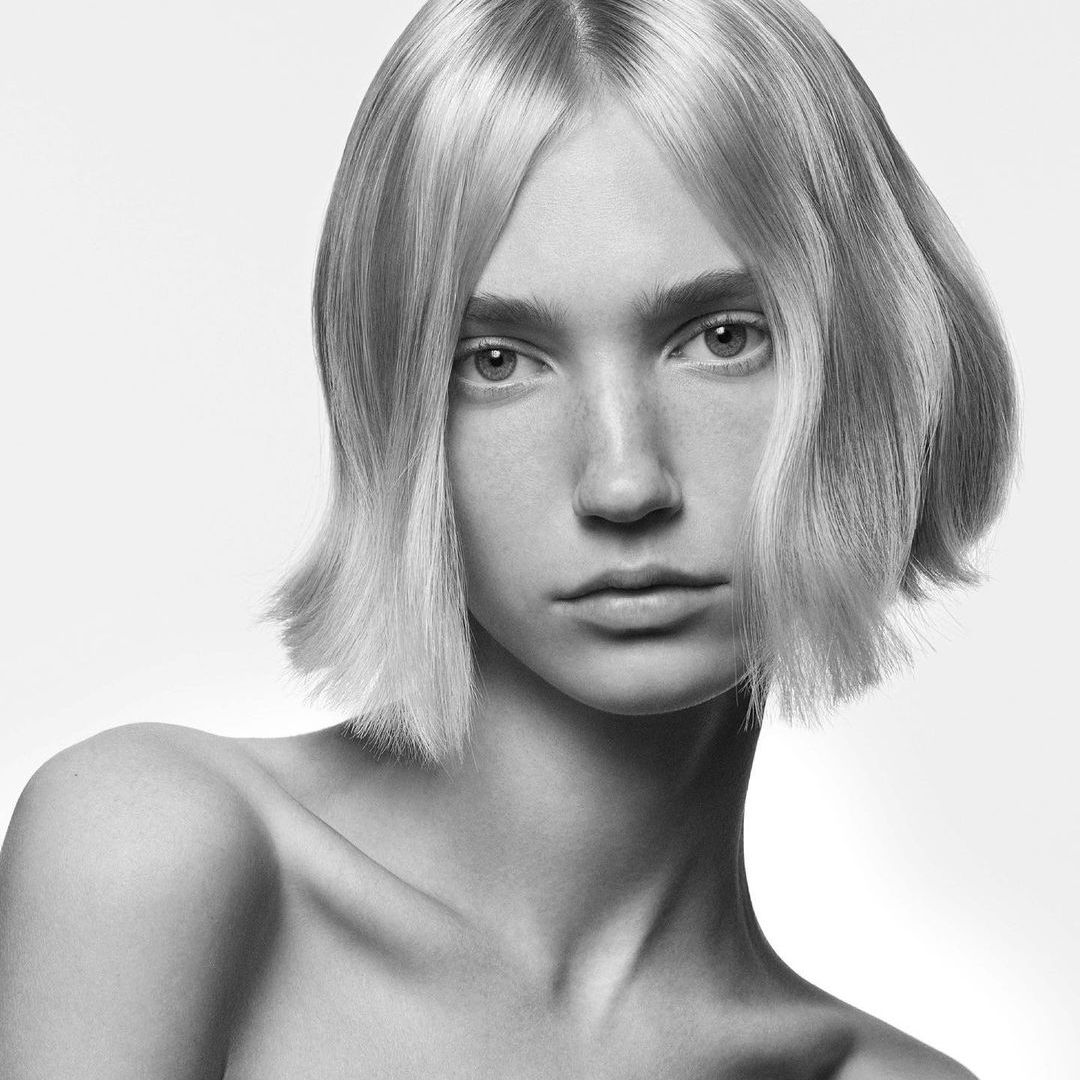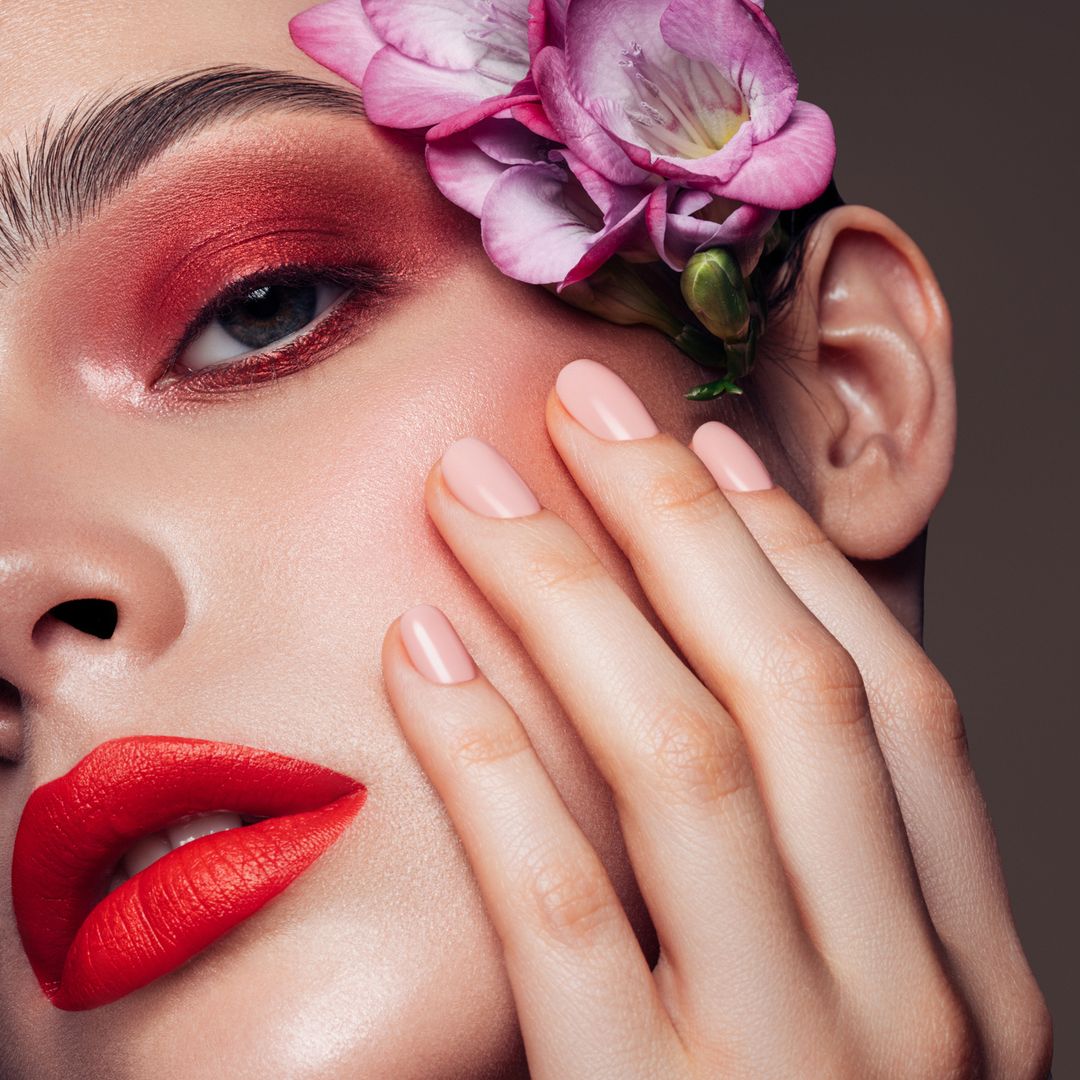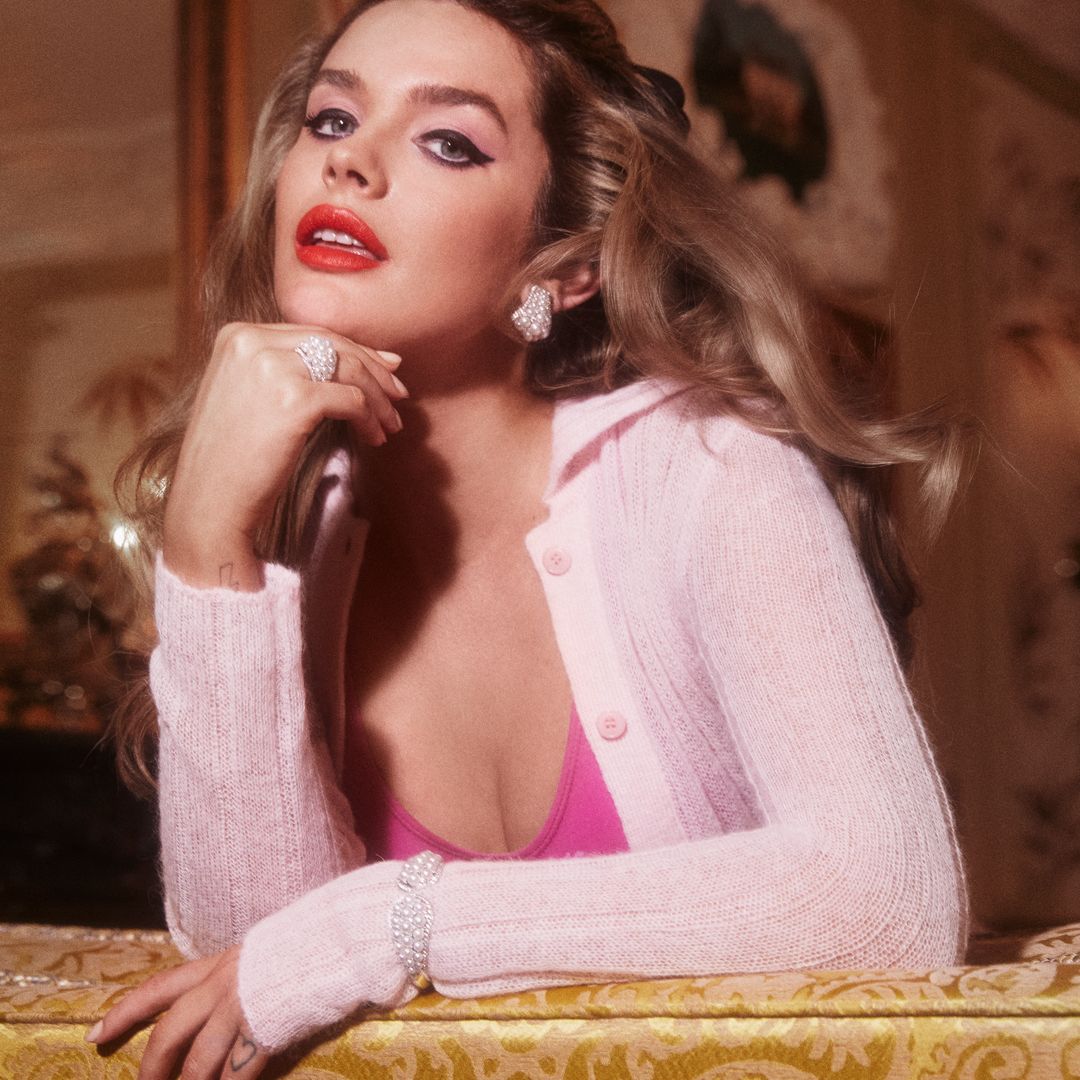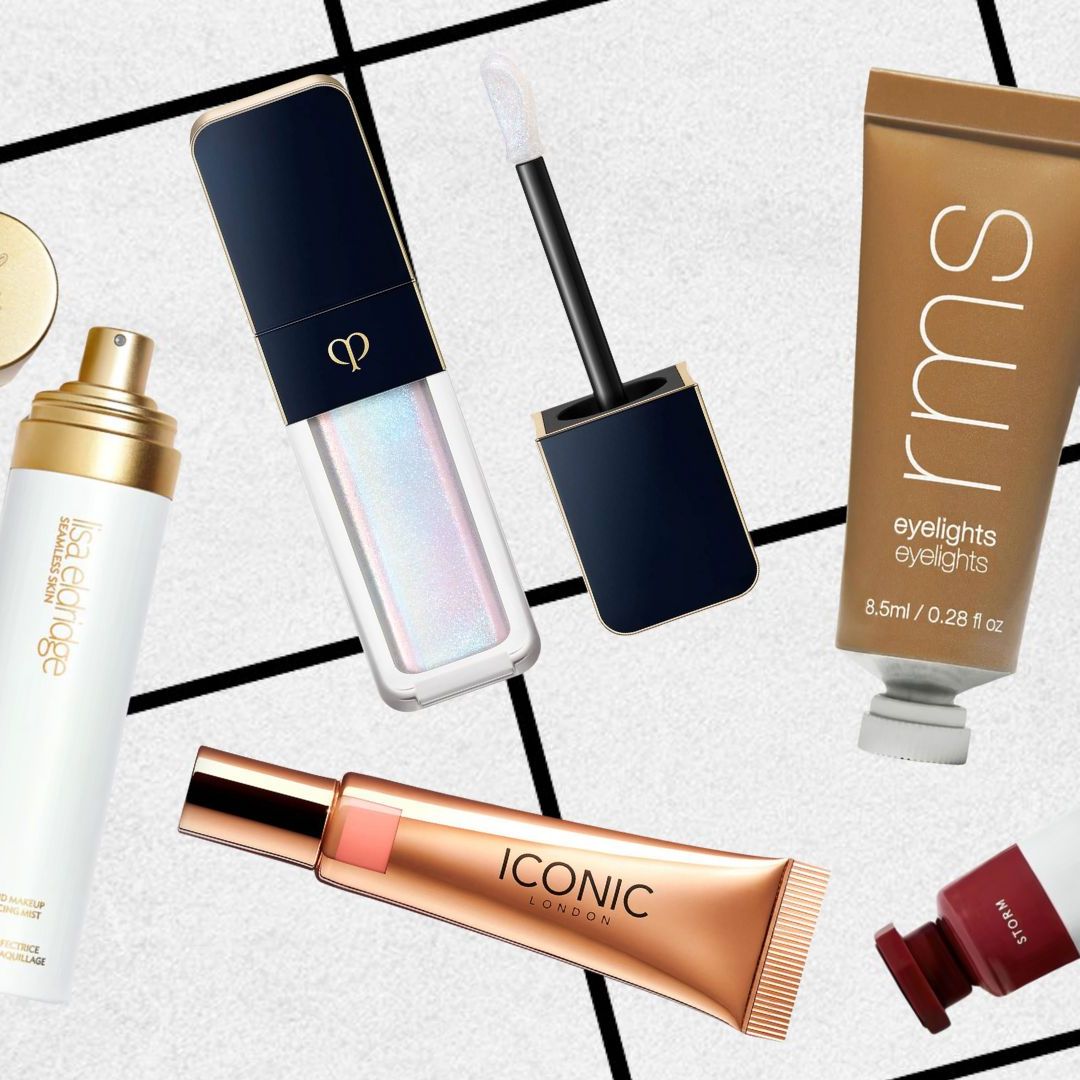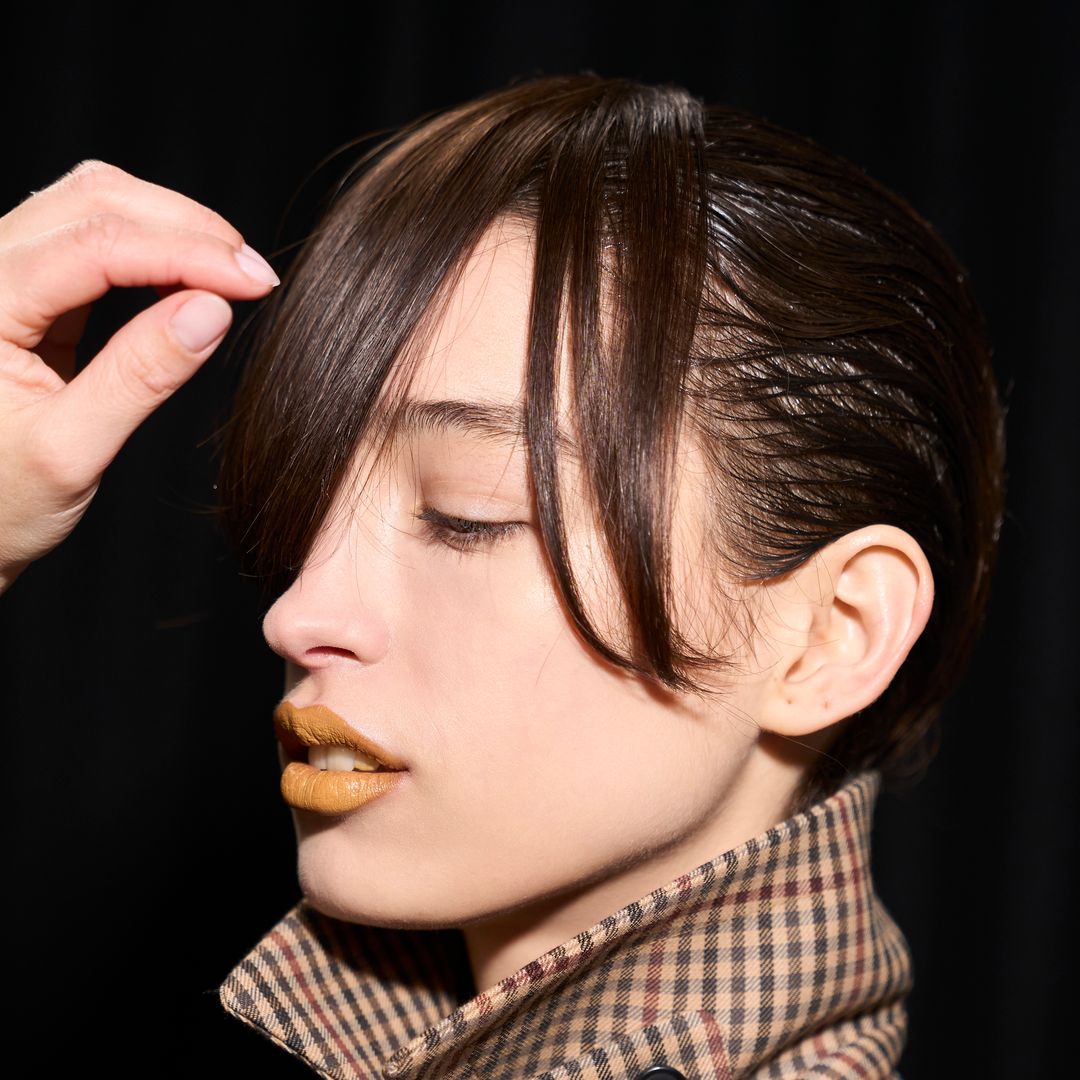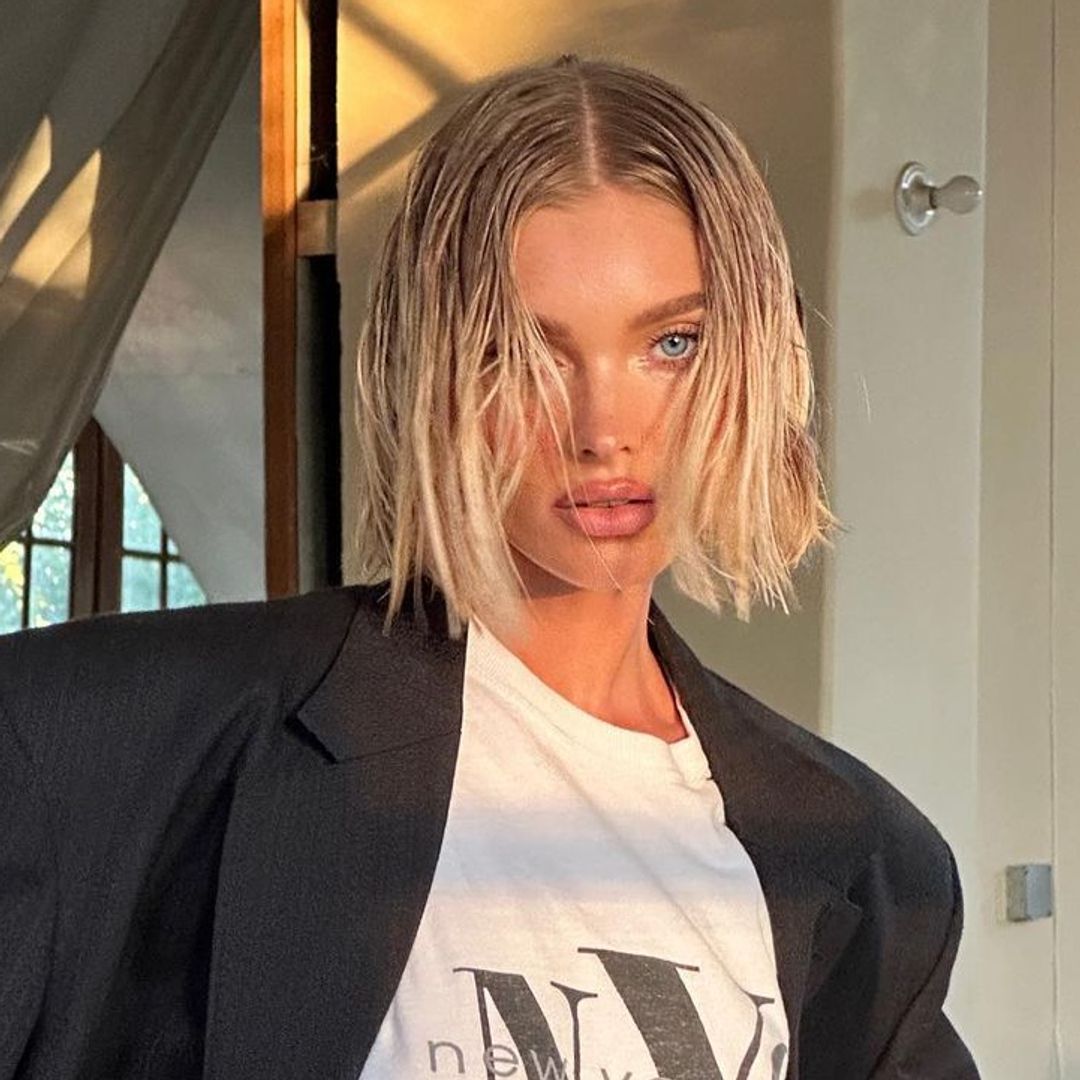Yet another captivating phenomenon is embracing the limelight on TikTok.
Similar to the red nail theory, the evolving concept known as the "hair theory," delves into the intriguing relationship between our chosen hairstyles and the impressions they create.
With an impressive 440.1 million views under its belt, the #hairtheory hashtag has unleashed a torrent of videos where TikTok enthusiasts undergo a visual metamorphosis as they gracefully sport a spectrum of hairstyles in each fleeting clip. These mesmerising demonstrations unveil the transformative power that altering one's hair can wield over their overall appearance.
The ingenious manoeuvre of tucking hair behind the ears unveils the true contours of one's face shape, and other videos showcase how a middle part, a departure from the familiar side part, can remarkably flatter a face that has grown accustomed to its traditional style.
MORE: I dyed my hair Margot Robbie's Barbie blonde: here's how to safely achieve the look
RELATED: The Scandi Hairline: what is it and how to make it work on every hair type
The notion of hair theory finds itself rather fluid in definition on the platform. It is obviously nothing new and the fact that different hairstyles create different aesthetics is undeniable, but the crux of this trend lies not just in the visual allure, but in the perception it nurtures from others. For example one woman reveals the story about how having her hair in pigtail plaits garnered ‘better treatment’ and more male attention at the gym than ever before.
Each video serves as a stark reminder that our hair is more than just strands; it's a narrative that speaks volumes about us and shapes the impressions we leave on those around us.
What is Hair Theory?
“Hair Theory is essentially about how various hairstyles can impact the structure of your face,” explains celebrity hair stylist and multicultural beauty expert, Jason Tavares, “Depending on the look you want to achieve, the way you wear your hair can make a significant difference.”
What hairstyles suit round face shapes?
“For those with rounder faces, it's advisable to go for smoother looks. Tucking your hair behind your ear can elongate your jawline and neck, giving a more stretched-out appearance,” says Tavares.
What hairstyles suit wide face shapes?
“On the other hand, if your facial symmetry is wider, sleeker hairstyles tend to offer a polished appearance. However, adding volume to hair on a round face can give the illusion of a rounder face,” Tavares explains.
What hairstyles suit long face shapes?
Tavares reveals: “When dealing with oblong faces—those longer in length compared to width—adding volume to your hair can balance out the cheekbone area and create a more symmetric appearance. In contrast, individuals with small, oblong faces might opt for sleeker hairstyles to accentuate their cheekbones and create a slimming effect.”
